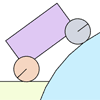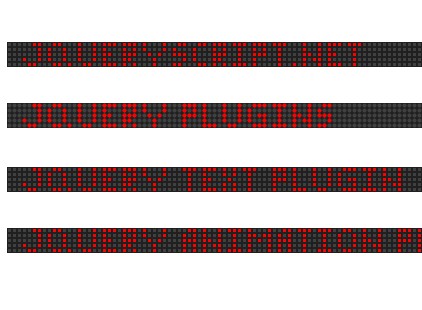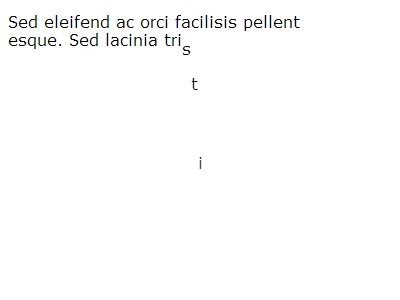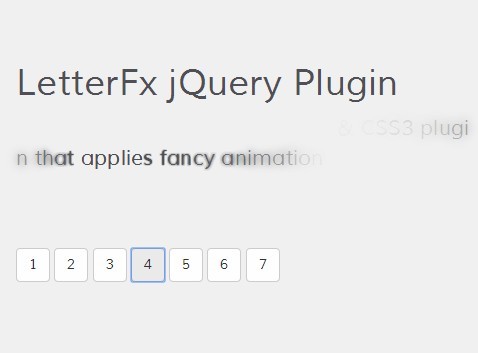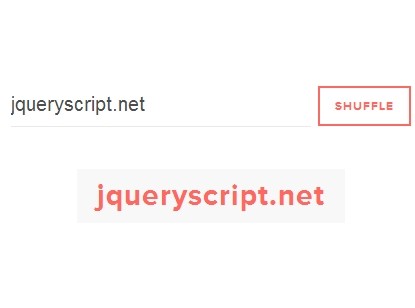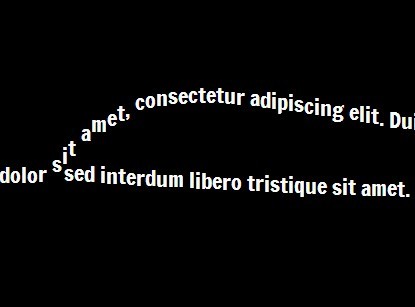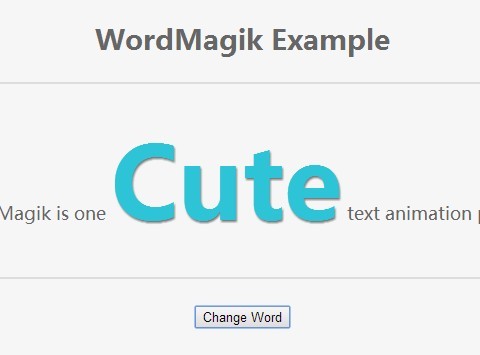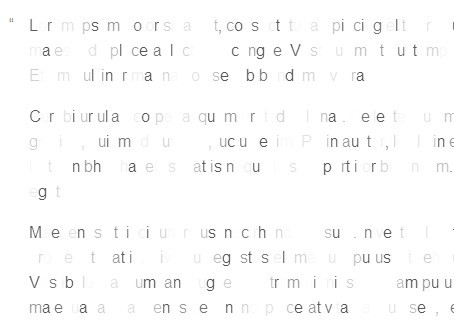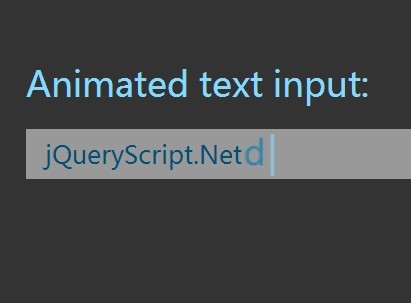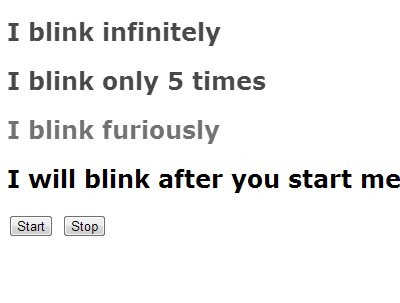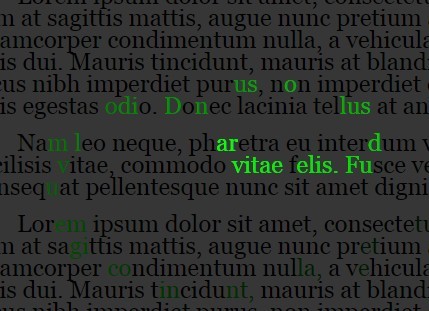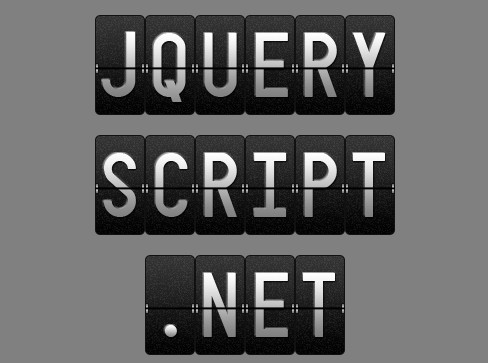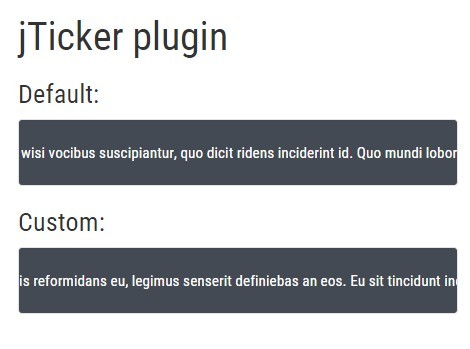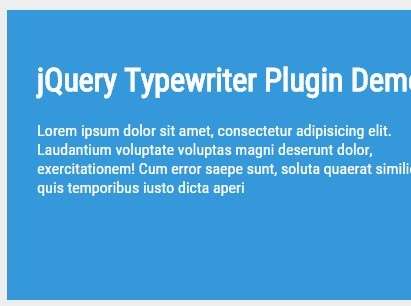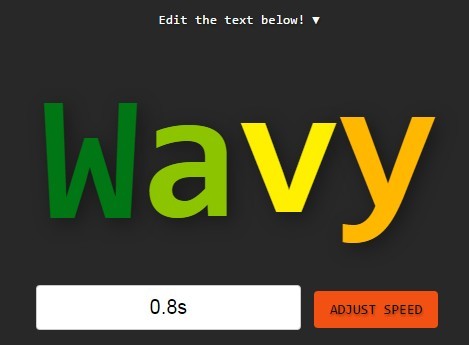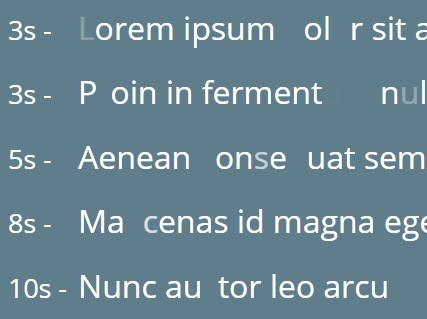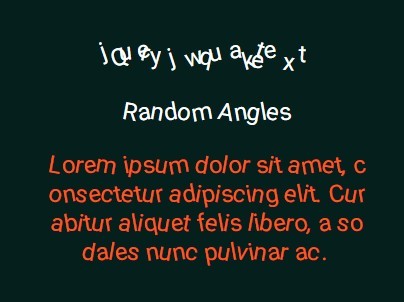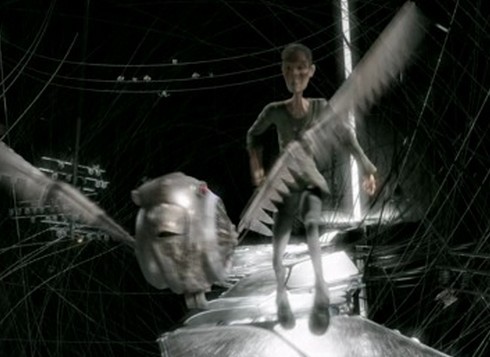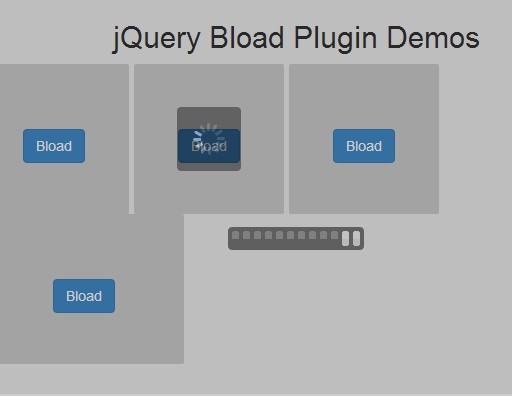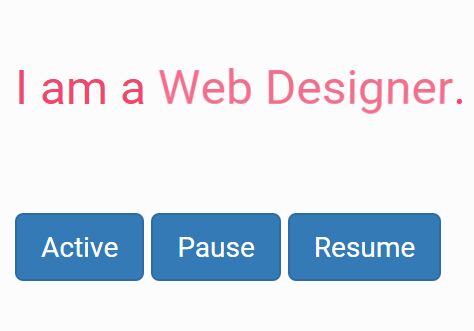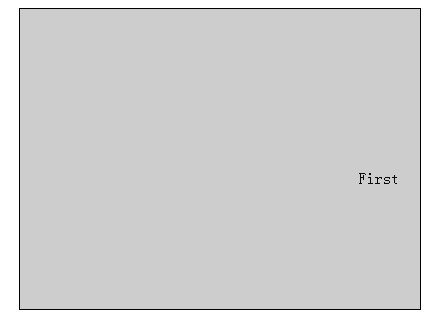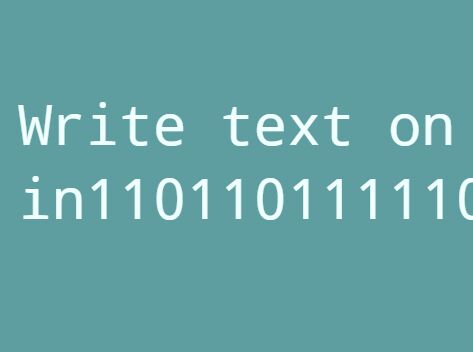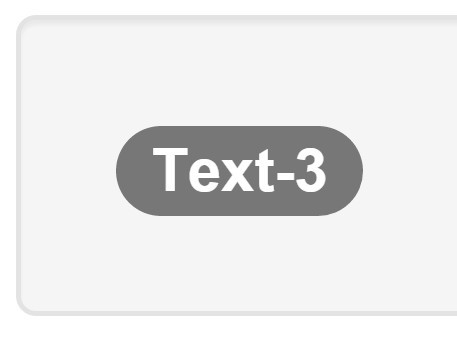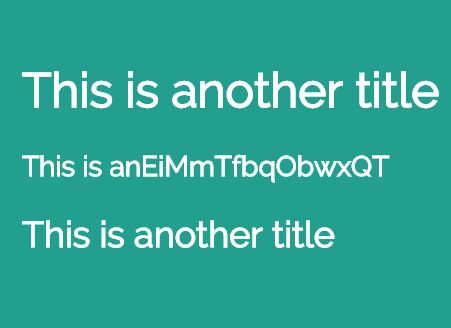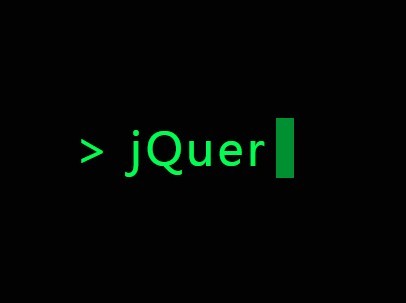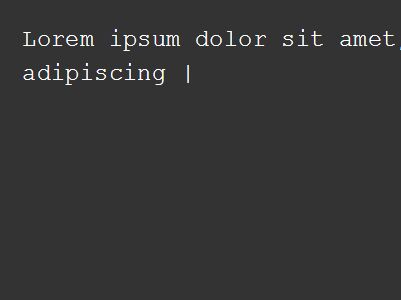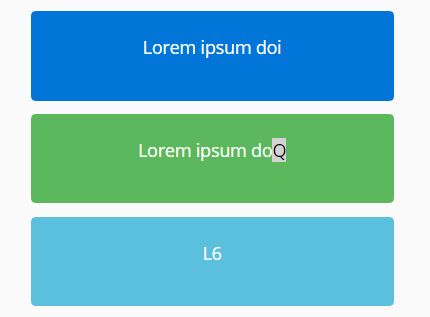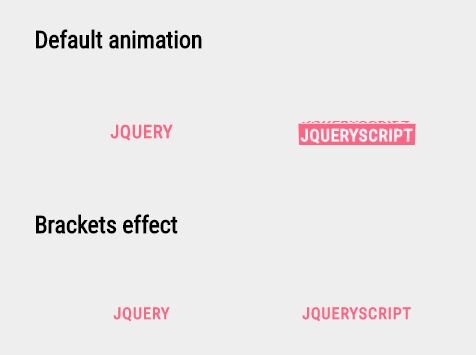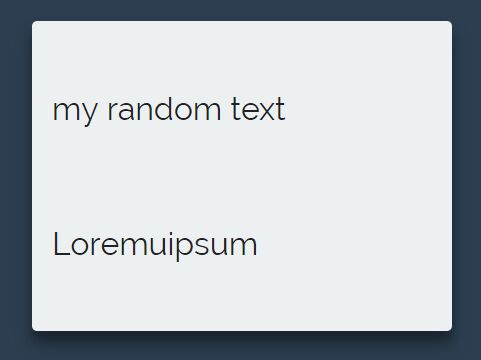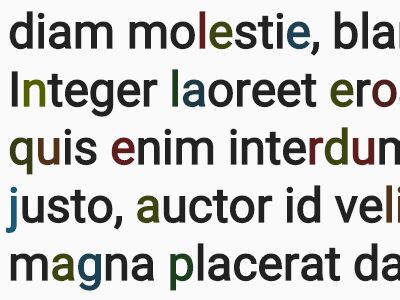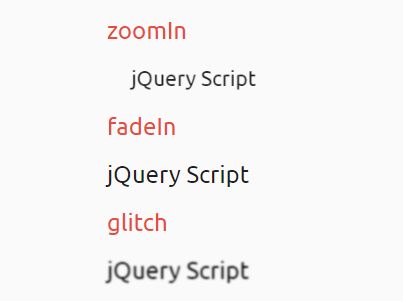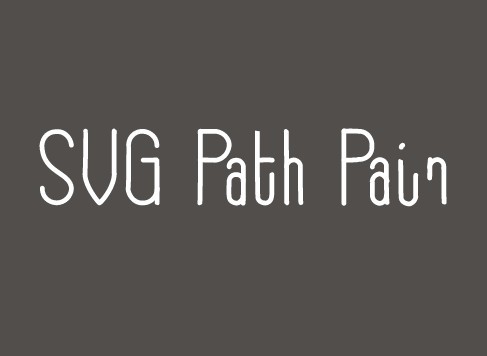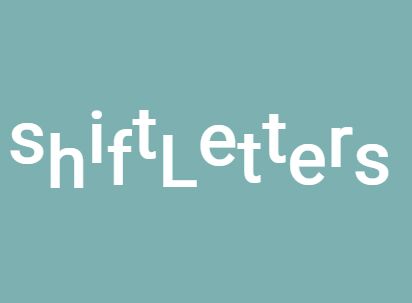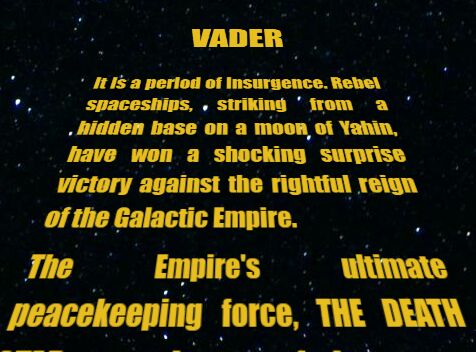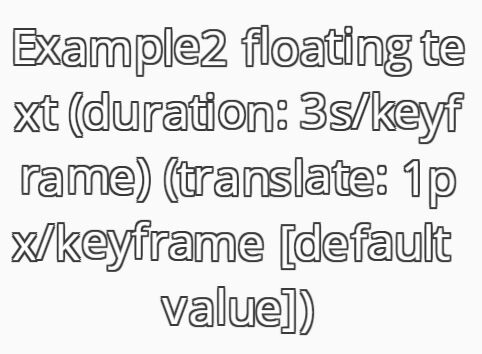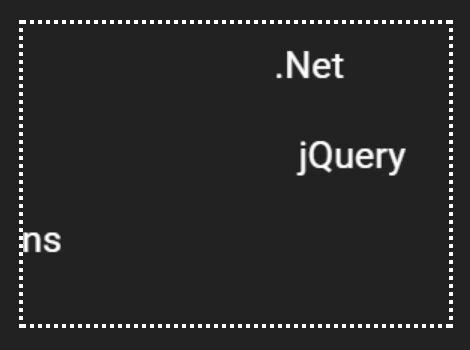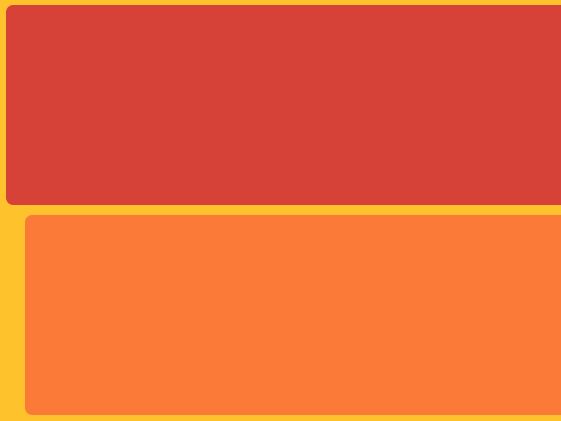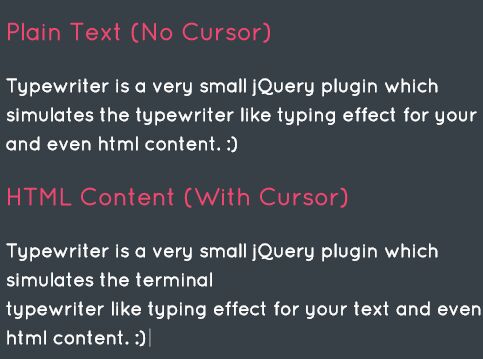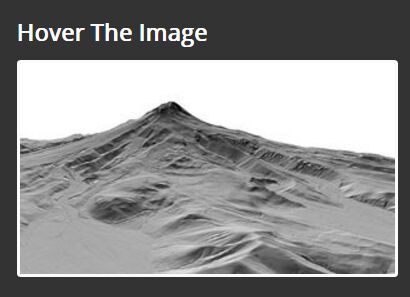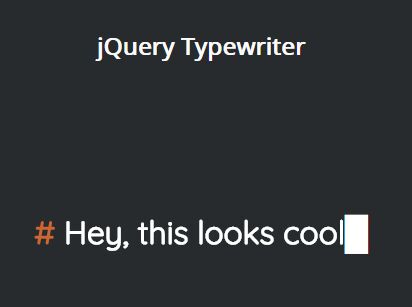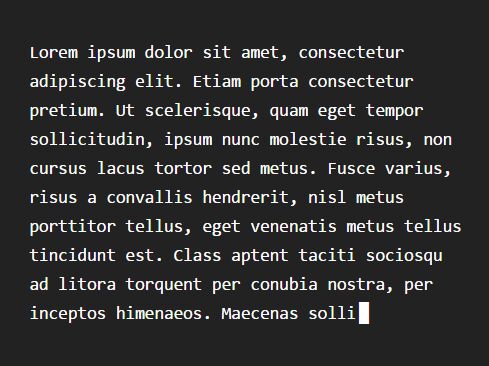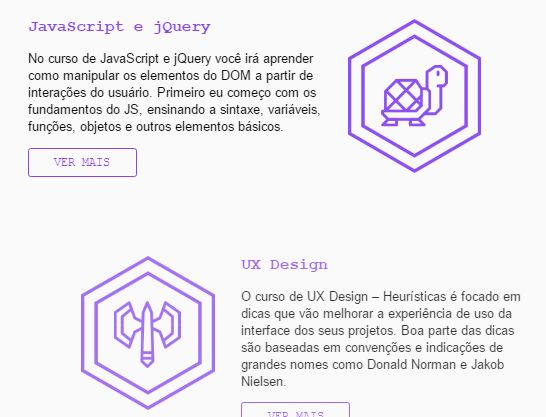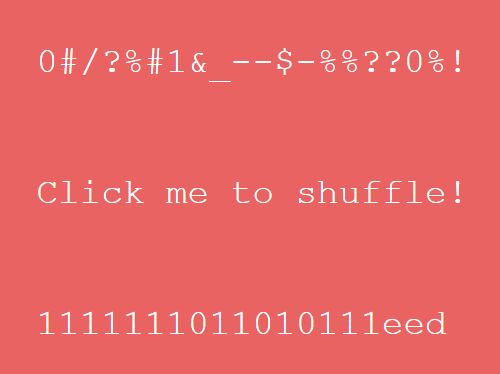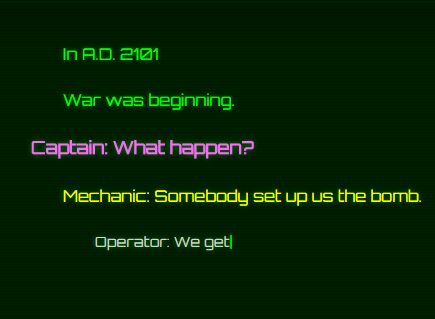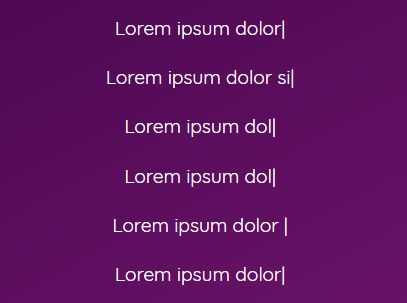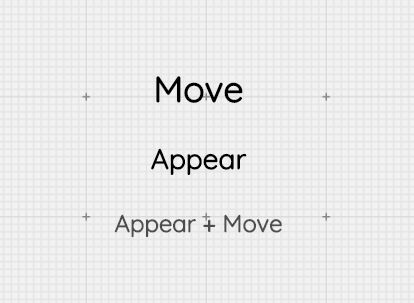p2.js
2D rigid body physics engine written in JavaScript. Includes collision detection, contacts, friction, restitution, motors, springs, advanced constraints and various shape types.
Demos | Examples | Documentation | Download | CDN | Wiki
Featured projects using p2.js
- Google I/O 2015 Experiment by Instrument
- PixiLights, a Christmas Experiment by Mat Groves
- More...
Demos
These demos use the p2 Demo framework, which provides rendering and interactivity. Use mouse/touch to throw or create objects. Use the right menu (or console!) to tweak parameters. Or just check the source to see how to programmatically build the current scene using p2.
- Buoyancy
- Car
- CCD
- Circle container
- Collision tests
- Compound objects
- Concave objects
- Constraints
- DistanceConstraint
- Fixed rotation
- Fixed XY
- Friction
- Gear constraint
- Heightfield
- Island solver
- Kinematic body
- Lock constraint
- Piston
- Prismatic constraint
- Ragdoll
- Sensor
- Restitution
- Sleep
- Segway
- Sleep
- Springs
- Surface velocity
- Suspension
- Tearable constraints
- TopDownVehicle
Examples
Examples showing how to use p2.js with your favorite renderer.
- Canvas: Asteroids game
- Canvas: Box on plane
- Canvas: Character demo
- Canvas: Circle on plane
- Canvas: Interpolation
- Canvas: Mousejoint
- Canvas: Raycasting
- Canvas: Rayreflect
- Canvas: Sensors
- Canvas: Sensors 2
- Pixi.js: Box on plane
Sample code
The following example uses the World, Circle, Body and Plane classes to set up a simple physics scene with a ball on a plane.
// Create a physics world, where bodies and constraints live var world = new p2.World({ gravity:[0, -9.82] }); // Create an empty dynamic body var circleBody = new p2.Body({ mass: 5, position: [0, 10] }); // Add a circle shape to the body var circleShape = new p2.Circle({ radius: 1 }); circleBody.addShape(circleShape); // ...and add the body to the world. // If we don't add it to the world, it won't be simulated. world.addBody(circleBody); // Create an infinite ground plane body var groundBody = new p2.Body({ mass: 0 // Setting mass to 0 makes it static }); var groundShape = new p2.Plane(); groundBody.addShape(groundShape); world.addBody(groundBody); // To animate the bodies, we must step the world forward in time, using a fixed time step size. // The World will run substeps and interpolate automatically for us, to get smooth animation. var fixedTimeStep = 1 / 60; // seconds var maxSubSteps = 10; // Max sub steps to catch up with the wall clock var lastTime; // Animation loop function animate(time){ requestAnimationFrame(animate); // Compute elapsed time since last render frame var deltaTime = lastTime ? (time - lastTime) / 1000 : 0; // Move bodies forward in time world.step(fixedTimeStep, deltaTime, maxSubSteps); // Render the circle at the current interpolated position renderCircleAtPosition(circleBody.interpolatedPosition); lastTime = time; } // Start the animation loop requestAnimationFrame(animate);To interact with bodies, you need to do it after each internal step. Simply attach a "postStep" listener to the world, and make sure to use body.position here - body.interpolatedPosition is only for rendering.
world.on('postStep', function(event){ // Add horizontal spring force circleBody.force[0] -= 100 * circleBody.position[0]; });Install
Browser
Download either p2.js or the minified p2.min.js and include the script in your HTML:
<script src="p2.js" type="text/javascript"></script>If you would like to use ordinary Array instead of Float32Array, define P2_ARRAY_TYPE globally before loading the library.
<script type="text/javascript">P2_ARRAY_TYPE = Array;</script> <script src="p2.js" type="text/javascript"></script>Node.js
npm install p2 Then require it like so:
var p2 = require('p2');Supported collision pairs
| Circle | Plane | Box | Convex | Particle | Line | Capsule | Heightfield | Ray | |
|---|---|---|---|---|---|---|---|---|---|
| Circle | Yes | - | - | - | - | - | - | - | - |
| Plane | Yes | - | - | - | - | - | - | - | - |
| Box | Yes | Yes | Yes | - | - | - | - | - | - |
| Convex | Yes | Yes | Yes | Yes | - | - | - | - | - |
| Particle | Yes | Yes | Yes | Yes | - | - | - | - | - |
| Line | Yes | Yes | (todo) | (todo) | - | - | - | - | - |
| Capsule | Yes | Yes | Yes | Yes | Yes | (todo) | Yes | - | - |
| Heightfield | Yes | - | Yes | Yes | (todo) | (todo) | (todo) | - | - |
| Ray | Yes | Yes | Yes | Yes | - | Yes | Yes | Yes | - |
Note that concave polygon shapes can be created using Body.fromPolygon.
Install
Make sure you have git, Node.js, NPM and grunt installed.
git clone https://github.com/schteppe/p2.js.git; cd p2.js; npm install; # Install dependencies grunt; Grunt tasks
List all tasks using grunt --help.
grunt # Run tests, build, minify grunt dev # Run tests, build grunt test # Run tests grunt yuidoc # Build docs grunt watch # Watch for changes and run the "dev" task Release process
- Bump version number.
- Build and commit files in
build/anddocs/. - Tag the commit with the version number e.g. vX.Y.Z
- Add relase notes to github
- Publish to NPM
